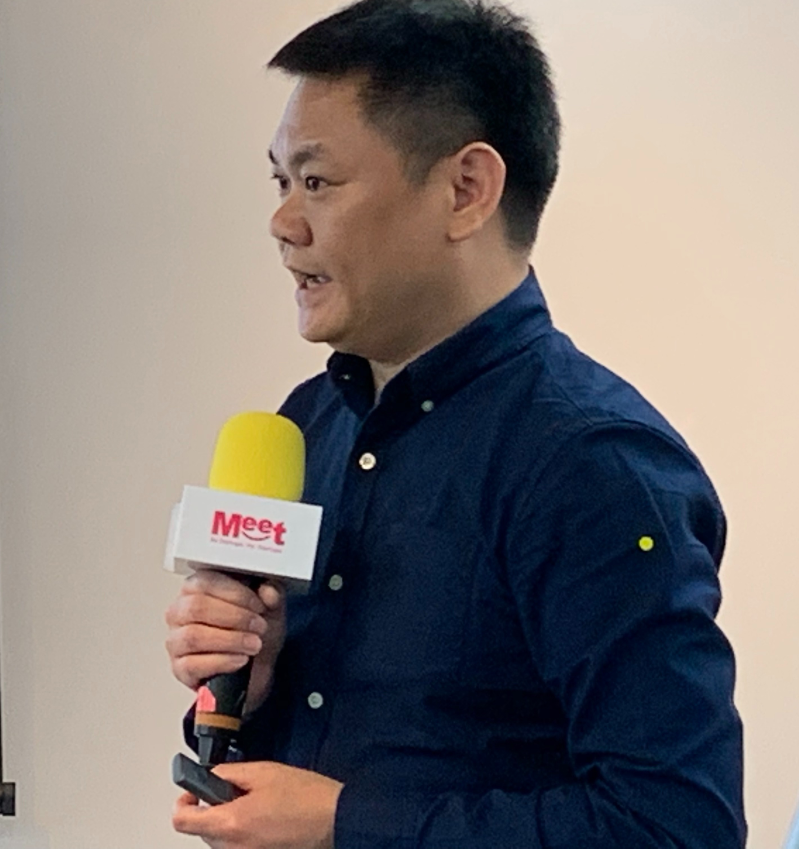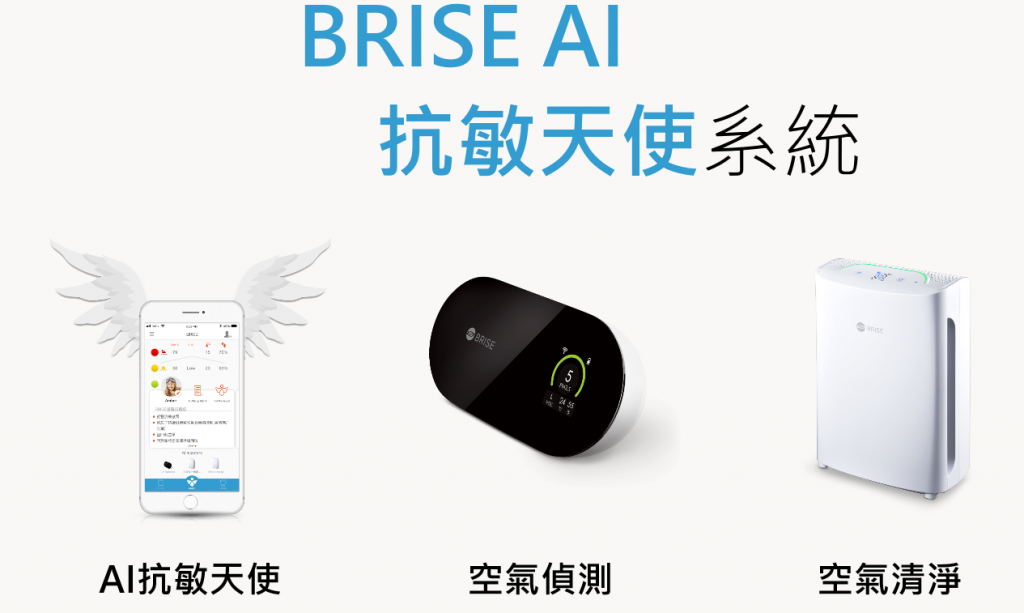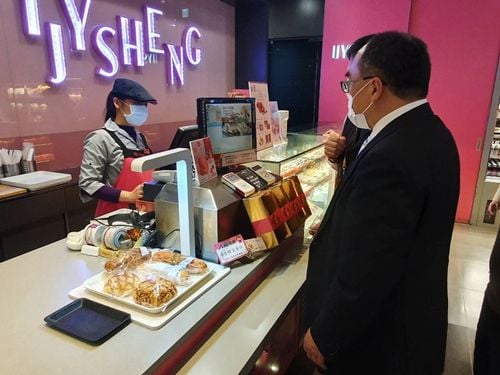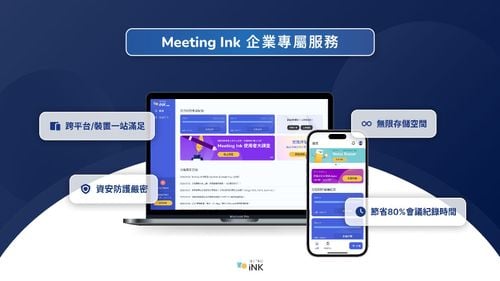【2020 Solutions】 BRISE AI Anti-Allergy Angel - Protecting Users' Safety during the Pandemic
As the COVID-19 pandemic continues to spread globally, confirmed cases and deaths are steadily climbing, causing widespread alarm. The Taiwanese company Aivetech accidentally became a market sensation with its 'BRISE AI Anti-Allergy Angel' air purifier, originally launched to combat influenza and enterovirus, achieving rapid sales and going out of stock within less than three months, sweeping up 3-4,000 units off the market.
'We didn't expect the epidemic to escalate so rapidly; we initially just hoped to alleviate the difficulties of allergic families in Taiwan, and also purify influenza and enterovirus. We wanted the BRISE AI Anti-Allergy Angel to be a guardian of family health, but the spread of the coronavirus unexpectedly boosted our popularity,' said Tsai Cheng-Chia, director of product and market development at Aivetech, in an urgent tone.
Aivetech, founded in 2013, transformed into a specialist in air detectors and air purifiers four years ago. With many domestic and international brands in the market, Aivetech aimed to integrate artificial intelligence (AI) into its air purifiers, advancing towards becoming an AIoT (Artificial Intelligence + Internet of Things) specialist manufacturer.
The purification rates of H1N1 and enterovirus reach 99.99%
Since early 2019, Aivetech has actively invested in the development of software and hardware for AI air purification. In terms of hardware, the BRISE C360 can detect 7 types of air values (PM 0.3 / 1.0 / 2.5 / 10 concentrations, harmful gases, temperature/humidity, etc.). Most importantly, Aivetech spent half a year obtaining a test report from the P3 Laboratory-Guangzhou Institute of Microbiology that show high purification rates of 99.99% for both the H1N1 influenza virus and EV71 enterovirus.
Regarding the currently prevalent new virus strain, Tsai Cheng-Chia mentioned that the strain has not been made public yet, so the labs are unable to test it. However, for epidemic control, Aivetech is taking a dual approach; on one hand, by connecting to the 'weekly nationwide clinic visits data' from the Disease Control Department to analyze big data during epidemic peaks, accelerating air purifiers during high transmission periods to filter out germs; on the other hand, by enhancing the sterilization functions of special filters to help effectively control the epidemic.

▲BRISE AI Anti-Allergy Angel connects to open data from the Disease Control Department

▲Tsai Cheng-Chia, product and market development director at Aivetech
The BRISE AI Anti-Allergy Angel system has sensors installed both in the air detector and the air purifier, detecting indoor and outdoor temperature, humidity, and organic compounds, while also connecting to data from the Central Weather Bureau and the Environmental Protection Agency on climate, temperature, humidity, and PM2.5 air pollution. Every 10 seconds, a piece of data is sent out, collecting various data and uploading it to the cloud system. At the same time, using positioning systems, no matter in which district the air purifier and other devices are located, their temperature, humidity, and air quality can be clearly monitored.
Anti-Allergy Angel system fully protects the health of children.
Aivetech stores the collected data in the system and prompts users through the mobile APP, asking about the temperature, humidity, and PM2.5 levels that trigger allergic symptoms like sneezing, runny nose, and itchy eyes in family members with allergies, such as allergic children. By using AI deep learning, it fully captures the environmental factors that induce allergic responses, whether due to a significant indoor-outdoor temperature difference or poor air quality.
By collaborating with nearby community clinics, including otolaryngology, family medicine, and pediatric allergy immunology specialists, data is provided to the community clinics, enabling parents and doctors to understand allergens and protect children's health holistically. Currently, 8,000 allergy-affected families in Taiwan have adopted the BRISE Anti-Allergy Angel, and over 300 medical institutions use BRISE air purifiers.

▲BRISE AI Anti-Allergy Angel system
Tsai Cheng-Chia states that BRISE is the world's first AI-driven air purifier, unlike regular air purifiers, it automatically learns the habits of its users, providing the most personalized clean air service, integrated with real-time chat services on mobile apps for more accurate anti-allergy and epidemic prevention services.
While air purifiers can block or kill airborne microorganisms and germs, they are ineffective against viruses and bacteria that land on surfaces. Aivetech plans to launch a sterilization and deodorization machine in the second quarter of 2020, using short-wavelength ultraviolet light combined with a special catalyst formula to break down air molecules, reducing the activity of hydroxyl radicals and naturally achieving sterilization and deodorization. The catalyst formula coating on the machine's equipment can last for 2-3 years without degradation.
Aivetech's team comprises professional physicians, environmental control experts, and AI technology specialists, collaboratively developing precise sensing and monitoring technologies for the home environment amidst the ongoing severe epidemic, continuing to contribute to the nation's health.
「Translated content is generated by ChatGPT and is for reference only. Translation date:2024-05-19」


